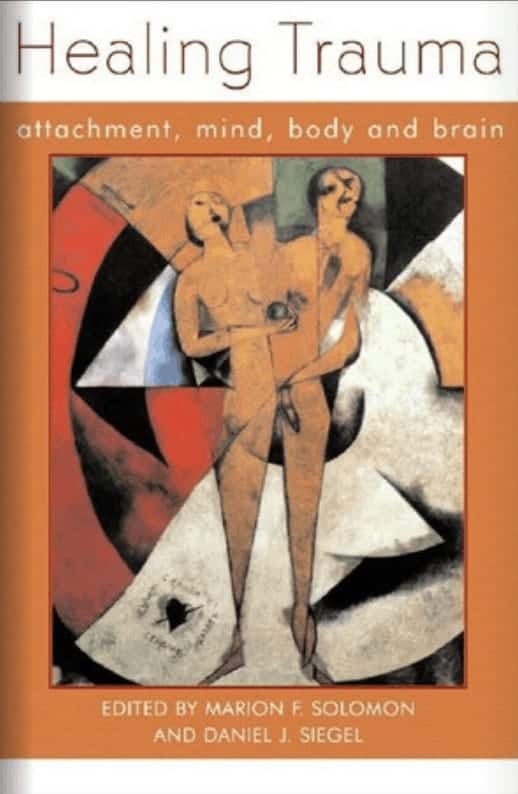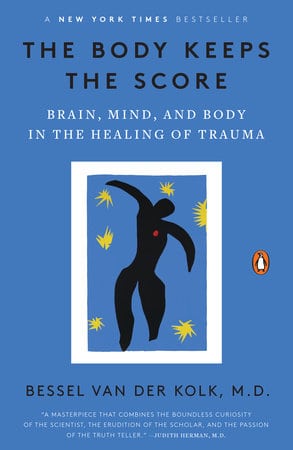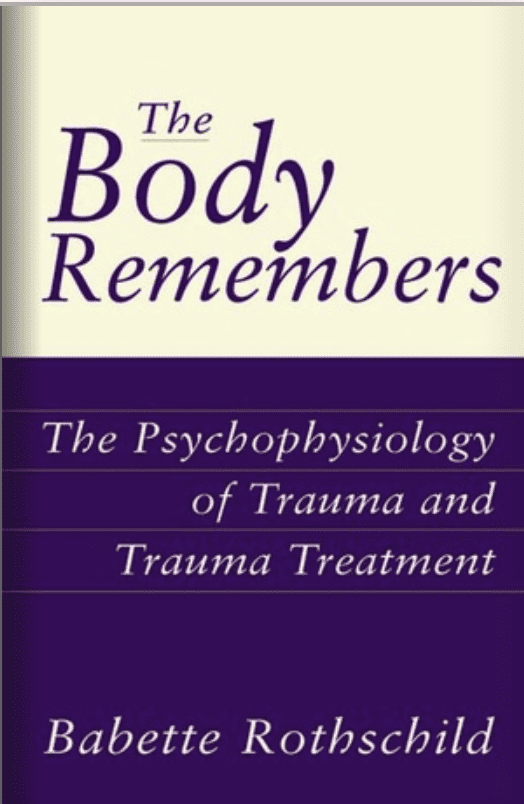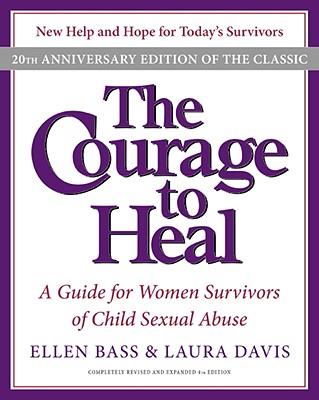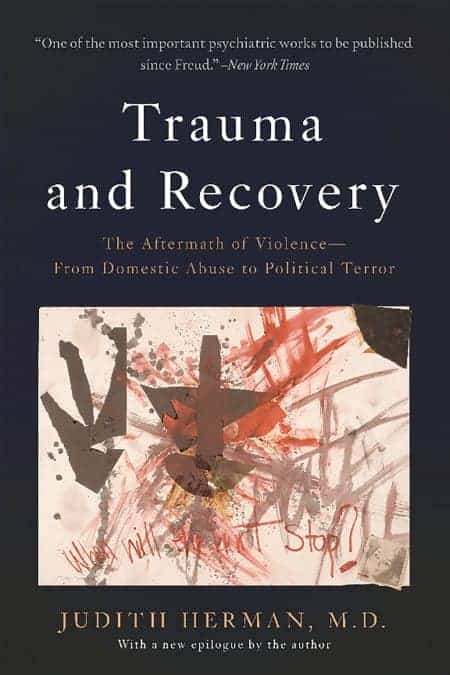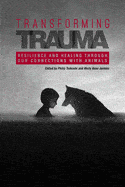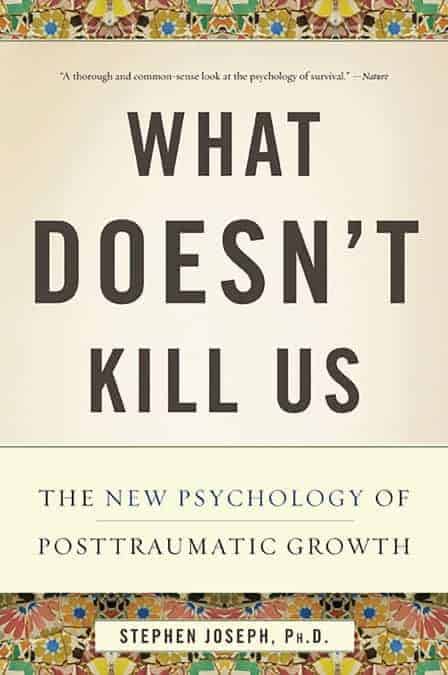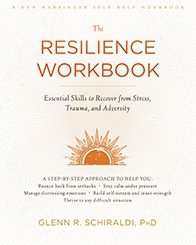Mental Health and Conditions
Complex Posttraumatic Stress Disorder (Complex PTSD)
THC Editorial Team March 30, 2021

Contents
- Overview
- Symptoms of Complex PTSD
- Causes and Risk Factors for Complex PTSD
- How Is Complex PTSD Diagnosed?
- Treatments for Complex PTSD
What Is Complex Posttraumatic Stress Disorder (Complex PTSD)?
Posttraumatic stress disorder, or PTSD, is a well-known psychological stress condition that occurs after someone experiences a traumatizing event. Examples of experiences that may lead to PTSD include sexual assault, a serious accident, or a devastating natural disaster.
Although PTSD occurs as a response to a single traumatic event, experiencing repeated or ongoing trauma over the course of months or years can leave a deeper psychological impact. Many mental health professionals believe that the differences between an isolated traumatic event and ongoing trauma are significant enough to warrant a separate diagnosis called complex posttraumatic stress disorder, or CPTSD.
What Are the Symptoms of Complex Posttraumatic Stress Disorder (Complex PTSD)?
PTSD has four primary symptom clusters:1
- intrusion (e.g., nightmares or flashbacks of the traumatic event)
- avoidance (e.g., dissociation or feelings of numbness)
- negative changes in mood and cognition (e.g., persistent inability to feel positive emotions)
- hyperarousal or reactivity (e.g., sleep disturbance, outbursts, irritability, or hypervigilance)
Most people with CPTSD struggle with the core symptoms of PTSD; however, the cumulative trauma of CPTSD also causes three additional symptom clusters:2
- emotional dysregulation
- interpersonal difficulties
- negative self-concept
Emotional Dysregulation
Emotional dysregulation is the inability to process negative emotions appropriately. You may feel unable to control your reactions or respond to situations in an emotionally proportionate manner. In 2020, researchers in London conducted a study that sought to examine the relationship between emotional dysregulation, impairment, and additional trauma exposure in adolescent sexual assault victims with CPTSD. Their results suggest that emotional dysregulation is associated with notable impairment in functioning, additional trauma exposure, and issues with self-organization.3 Symptoms may include the following:
- ongoing thoughts of suicide
- outbursts of anger
- irritability
- depression
Interpersonal Difficulties
You may have difficulty forming meaningful relationships with people because you may harbor deep distrust of others as a result of the trauma you have experienced. Symptoms may include the following:
- difficulty communicating honestly or responding appropriately to criticism
- avoiding deep relationships out of fear that the other person may hurt you
- experiencing an attraction to individuals who share characteristics with your abuser, even if you recognize that these relationships are unhealthy
In 2020, researchers at the University of Ghent published a study that investigated interpersonal difficulties in three parallel cases of childhood trauma. They found that, as both children and adults, individuals with CPTSD displayed a common tendency to behave passively in an attempt to evade negative reactions from others.4
Negative Self-Concept
Your traumatic experience may cause you to have a low estimation of your worth as a person. Symptoms may include the following:
- feeling a deep sense of shame or guilt for your traumatic experiences
- believing you are a broken person who differs from everyone else
- feeling as if you do not know yourself
- having a poor body image5
These symptom clusters share many characteristics with borderline personality disorder; therefore, diagnosing CPTSD correctly can be difficult. However, people with CPTSD usually have a more extensive background of trauma and display a greater level of impairment than those with borderline personality disorder.6
Causes and Risk Factors for Complex Posttraumatic Stress Disorder
CPTSD is caused by severe trauma that occurs over a long period of time. Research indicates that exposure to prolonged trauma can cause physical changes in several areas of the brain, including the prefrontal cortex, amygdala, and hippocampus.7 These changes can alter the way you process memories and regulate emotions.
People who have CPTSD often experienced trauma during their childhood or adolescent years. Abuse that occurs at the hands of a caregiver or another responsible adult seems to be especially harmful and contributes substantially to the development of CPTSD.1
Some traumatic experiences that may lead to CPTSD include the following:
- experiencing childhood sexual abuse
- being held in captivity
- growing up in a home with domestic violence
- living in a war-torn region for an extended time
- experiencing human trafficking
- suffering childhood abandonment or neglect
- ethnic cleansing
- experiencing forms of marginalization (e.g., racism, sexism, or homophobia)5
Thanos Karatzias, professor of mental health at Edinburgh Napier University, conducted a study in 2019 that examined a sample of 1,051 individuals who had experienced trauma to determine risk factors and comorbidities related to PTSD and CPTSD. Karatzias and colleagues found that relational trauma in childhood, and relational trauma in adulthood was distinctly associated with CPTSD. They also concluded that those suffering from CPTSD had a higher likelihood of expressing major depressive disorder symptoms.8
People with a personal or family history of mental conditions, such as depression or anxiety, may be at a higher risk for developing CPTSD. Additional risk factors include absent support systems after a traumatic experience and individual temperament.
How Is Complex Posttraumatic Stress Disorder Diagnosed?
The newest edition of the World Health Organization’s International Statistical Classification of Diseases and Related Health Problems (11th edition; ICD-11) classifies CPTSD as a subset of disorders specifically associated with stress. The ICD-11 further defines CPTSD as a diagnosable condition independent of PTSD. To meet ICD-11 criteria for CPTSD, you must display the core symptoms of PTSD as well as one symptom from each of the three CPTSD-specific clusters mentioned above.9
However, the Diagnostic and Statistical Manual of Mental Disorders (5th edition; DSM-5) classifies CPTSD as a subtype of PTSD rather than as a separate condition.10 As a result, the American Psychiatric Association does not officially list CPTSD as an independent disorder.
If you seek psychological support, a mental health professional will schedule a structured interview with you to talk about your symptoms, history, and behavioral patterns. Based on your responses, your mental health professional may initially diagnose you with PTSD. During the course of treatment, your diagnosis may change to CPTSD.
Some mental health care providers may not be aware of the recent ICD-11 CPTSD classification or have experience in treating complex trauma. Do not be discouraged if you have to meet with more than one mental health professional before you find one who understands your particular background and treatment needs.
Treatments for Complex Posttraumatic Stress Disorder (Complex PTSD)
CPTSD is sometimes resistant to conventional PTSD treatment methods, potentially leading individuals who have sought treatment to feel hopeless and broken beyond repair. However, as mental health care providers gain more knowledge about the nature of complex trauma, new treatment options are emerging that can reduce your symptoms and help you learn effective coping strategies.
Psychotherapy
One form of psychotherapy used to treat CPTSD is cognitive behavioral therapy (CBT), a form of talk therapy that is conducted in an individual or group setting. The goal of CBT is to identify negative thought patterns, discover a new perspective on your past trauma, and develop healthy coping strategies.
In 2003, three professors at the University of Missouri–St. Louis conducted research on whether CBT was an effective treatment for CPTSD. After randomly assigning female rape victims to either cognitive-processing therapy or prolonged exposure therapy, the researchers found that both types of treatment were successful in reducing symptoms of CPTSD in victims.11
In 2021, Marylene Cloitre, clinal professor of psychiatry and behavioral sciences at Stanford University, conducted a literature review and a review of two meta-analyses on the latest psychotherapies available for CPTSD. Cloitre concluded that clients with CPTSD may need extended treatment and increased variety of psychotherapy with an emphasis on self-organization issues.12
Eye-Movement Desensitization and Reprocessing (EMDR)
Eye-Movement Desensitization and Reprocessing (EMDR) involves briefly recalling a traumatic memory while directing your eye movements according to the guidance of your mental health professional. The goal of EMDR is to de-escalate your emotional responses to the traumatic event by diverting your attention while you relive your memories. Mental health professionals have successfully used EMDR to treat PTSD in the past, and research indicates that it can also be an effective treatment for CPTSD.13
Deborah Korn published a study in 2009 on the effectiveness of EMDR on CPTSD clients. Her results showed that EMDR provided many unique benefits for those suffering from CPTSD and can be especially helpful for those clients who experience persistent issues of negative self-perception and/or feelings of guilt or shame.13
Intensive Trauma-Focused Treatment
A recent study found that participants with PTSD and CPTSD showed a marked reduction in symptoms after intensive trauma-focused treatment that included the following elements:14
- psychoeducation
- EMDR
- exposure therapy
- physical exercise
Medication
When combined with psychotherapy, appropriate medication can help minimize CPTSD symptoms and make other forms of treatment more successful. Antidepressants, specifically selective serotonin reuptake inhibitors, are the only FDA-approved drug for PTSD.
Depending on your needs and your response to treatment, your physician will determine the appropriate medication dosage and treatment time frame.
Second-Line Treatment
In 2011, Cloitre and colleagues summarized the results of an expert opinion survey taken by the International Society for Traumatic Stress Studies Complex Trauma Task Force. The results revealed that meditation and mindfulness interventions were the most often selected as a successful second-line treatment for those dealing with complex PTSD.15


















